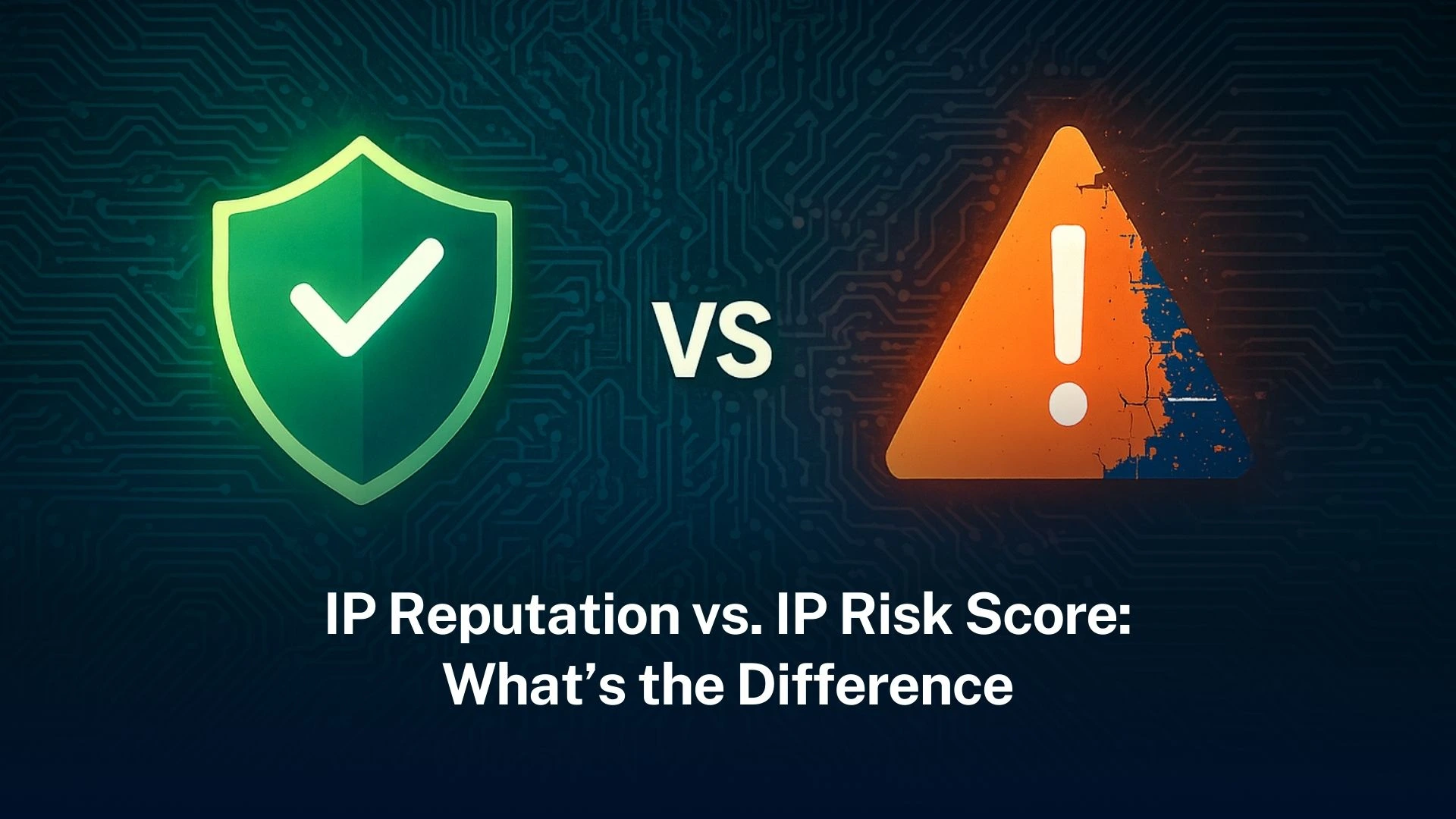What Is a Regional Internet Registry (RIR)?

Table of Contents
ToggleA Regional Internet Registry (RIR) is an organization responsible for the allocation and management of Internet number resources within a specific geographic region. These resources primarily include IP addresses (both IPv4 and IPv6) and Autonomous System Numbers (ASNs), which are critical components that allow devices and networks to communicate across the internet.
The internet does not function without a well-organized system for assigning unique IP addresses and routing identifiers. RIRs ensure this process is fair, efficient, and consistent within their respective regions, preventing conflicts and promoting transparency in internet governance.
The Five Global RIRs
There are five officially recognized RIRs, each responsible for a specific part of the world:
AFRINIC – African Network Information Centre (Africa)
APNIC – Asia Pacific Network Information Centre (Asia Pacific)
ARIN – American Registry for Internet Numbers (Canada, the USA, parts of the Caribbean)
LACNIC – Latin America and Caribbean Network Information Centre (Latin America and the Caribbean)
RIPE NCC – Réseaux IP Européens Network Coordination Centre (Europe, Middle East, Central Asia)
Each RIR operates independently but collaborates on global policies and best practices through coordination bodies like the Number Resource Organization (NRO) and under guidance from IANA (Internet Assigned Numbers Authority), a division of ICANN (Internet Corporation for Assigned Names and Numbers).
Why Are RIRs Important?
RIRs perform several essential functions:
- IP Address Allocation: They distribute IP addresses to Internet Service Providers (ISPs), data centers, and other organizations.
- Policy Development: Through community consultation, RIRs facilitate the creation of rules for how internet number resources are managed and allocated.
- Database Maintenance: RIRs maintain public databases (WHOIS) that record who holds which IP addresses and ASNs, helping with internet troubleshooting and security.
- IPv6 Promotion: As IPv4 addresses become scarce, RIRs promote and support the adoption of IPv6.
- Education and Training: RIRs often provide training and resources to support the technical community and help stakeholders understand network best practices.
How Do RIRs Work with Other Internet Governance Bodies?
RIRs are part of the global internet governance ecosystem. They coordinate closely with:
- ICANN (Internet Corporation for Assigned Names and Numbers): Oversees the global IP address space and domain names.
- IANA (Internet Assigned Numbers Authority): Allocates large blocks of IP addresses and ASNs to RIRs.
- NIRs (National Internet Registries): In some regions, countries have their own national registries under the umbrella of an RIR.
RIRs are not regulatory bodies. Instead, they are community-focused, nonprofit organizations that emphasize bottom-up decision-making.
Conclusion
A Regional Internet Registry plays a crucial role in ensuring that IP addresses and routing identifiers are allocated efficiently, transparently, and in a way that supports the growth and stability of the internet. They form a bridge between global internet governance structures and local communities, making them vital players in how the internet works and evolves. Understanding the role of RIRs is key for anyone involved in networking, cybersecurity, or internet policy.
Trusted IPv4 Leasing for Business Growth
Get enterprise-grade IPv4 space quickly, with seamless deployment and end-to-end management.
Related Blogs
A clear comprehension of the discrepancies between IP reputation and IP risk score constitutes a critical prerequisite for effective cybersecurity Read more
Organisations increasingly rely on IP risk scores. They use them to assess threat levels. They reduce fraud losses. They strengthen Read more
The current era faces IPv4 address scarcity. Organizations must verify IP block risk scores. Tools like i.lease help complete this Read more
A clear comprehension of the discrepancies between IP reputation and IP risk score constitutes a critical prerequisite for effective cybersecurity Read more
Organisations increasingly rely on IP risk scores. They use them to assess threat levels. They reduce fraud losses. They strengthen Read more
The current era faces IPv4 address scarcity. Organizations must verify IP block risk scores. Tools like i.lease help complete this Read more



